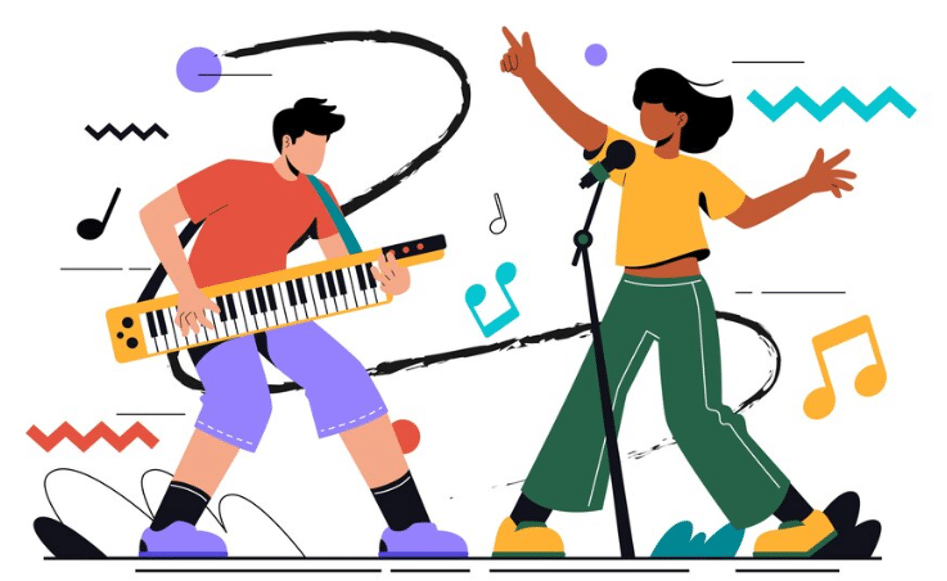Switching from one streaming platform to another isn’t always a clean move. Music lovers often face confusion about what happens to their saved content—especially playlists. While a music transfer app like FreeYourMusic can speed up the process, users should still understand what typically transfers, what gets left behind, and what might break in transition.
This article will explain the risks of lost song order, missing tracks, and unsynced data, so users can prepare better before they switch music services or platforms.
Understanding Playlist Loss, Syncing Gaps, and Metadata Breakdowns When You Switch
When you have to move music between streaming services, it often leads to inconsistencies—playlists, albums, and saved tracks might not appear as expected. Metadata (like artist names, album details, or track dates) can get altered, replaced, or even deleted. Also, not all streaming platforms offer complete import/export features. Users might lose parts of their music library without a clear understanding of what gets carried over. A mismatch in platforms, tools, or apps can complicate things.
What Gets Retained and What Gets Lost During the Transfer
Here’s a general breakdown of how your music data behaves when you switch music platforms:
Retained:
- Song titles (if recognized by the destination platform)
- Publicly available tracks
- Basic playlist structure (if the playlist transfer tool supports it)
Lost or Altered:
- Private or region-locked songs
- Playlist order and custom tags
- Metadata like release date, genre, or user-added details
- Saved play count or listening history
The degree of loss depends on the music provider you are moving from and to.
Incompatibility Across Music Services
Every music streaming service uses its own database and file naming structure. For example:
- YouTube Music uses video-based formats
- Apple Music and Spotify use audio stream databases
- Amazon Music limits some content in certain regions
As a result, music playlists with uncommon versions or lesser-known artists may not migrate correctly. Differences in music platforms can cause missing or mismatched songs in post-transfer playlists.
Also, services like SoundCloud or YouTube playlists contain user-uploaded content that may not be available on other platforms.
Track Order and Playlist Structure Can Break
One overlooked problem is the loss of song order. While your playlist may transfer, its sequence might not:
- Tracks may appear alphabetically or randomly
- Manually ordered playlists revert to system-based sorting
- Playlists with mixed albums and singles may break into multiple folders
This affects how you listen and disrupts the intended experience of your music collections.
Platform Limitations That Impact Migration
| Streaming Service | Export/Import Ability | Region Limits | Playlist Order Preserved? | Custom Metadata Retained |
| Spotify | Partial | Low | Sometimes | No |
| Apple Music | Limited | Medium | Often | Partial |
| Amazon Music | Partial | High | Rarely | No |
| YouTube Music | Video-based | Variable | No | Not retained |
| SoundCloud | User-uploaded content | Very High | No | Varies |
This table shows that not all platforms support full backup, metadata syncing, or playlist structuring. Therefore, the outcome often depends on access, app design, and region-based content policies.
Differences Between Mobile App and Web Interface Transfers
Transferring via a mobile app vs a web interface may produce different results:
- Mobile apps may have limits on playlist length
- Web-based tools might allow batch processing
- User-friendly interfaces vary between platforms
These distinctions matter, especially if you have many playlists or want to save private or collaborative lists shared with friends.
Backup First, Transfer Later
Before making the switch, creating a backup of your current music library is wise. This ensures you don’t lose albums, rare tracks, or long-curated music collections. Backup options include:
- Exporting data as CSV
- Taking screenshots of playlist structures
- Manually copying links to tracks
While this doesn’t eliminate all risk, it enables a more accurate review and gives you a reference if something goes wrong.
Checklist for Users Before Making the Switch
- Check how many tracks and albums are stored
- Confirm internet connection stability during the process
- Review all playlists for duplicates or broken entries
- Note which songs are private or region-locked
- Back up all data manually before starting
- Use a user-friendly interface where possible
- Confirm if your account has a free version or a premium plan
Metadata Isn’t Always Synced or Retained
During a playlist transfer, platform-specific formatting may override existing details:
- Album artwork may disappear
- Artist names may switch to alternate spellings
- Custom playlist notes or reviews are lost
Even tools that aim to sync data perfectly can’t account for content unavailable on the new service. As a result, the convenience of switching comes with certain compromises.

Final Words
Switching streaming services comes with several risks: changes in song order, missing data, altered metadata, and differences in platform support. Issues can also come from a poor internet connection, variation in app capabilities, or limits in the free version’s features. It’s essential to focus on backing up your library, reviewing your account, and checking what you can access on the new platform. While no solution is perfect, preparation remains the key.
FAQs
Do all playlists transfer perfectly across music services?
No. Playlist structure and order, as well as some tracks, might not transfer correctly due to platform differences and unsupported metadata formats.
What happens to private songs or region-specific tracks?
They often get skipped or removed during transfer, and some platforms don’t allow these songs to be accessed or re-added.
Can you lose your entire library while switching platforms?
Yes, especially if you don’t back it up first. Playlist links, metadata, and song access can be broken if not handled carefully.
Surfer: https://app.surferseo.com/drafts/s/oUVMww5RunYRVA9LuHb-0LYJRKlRG-_7
